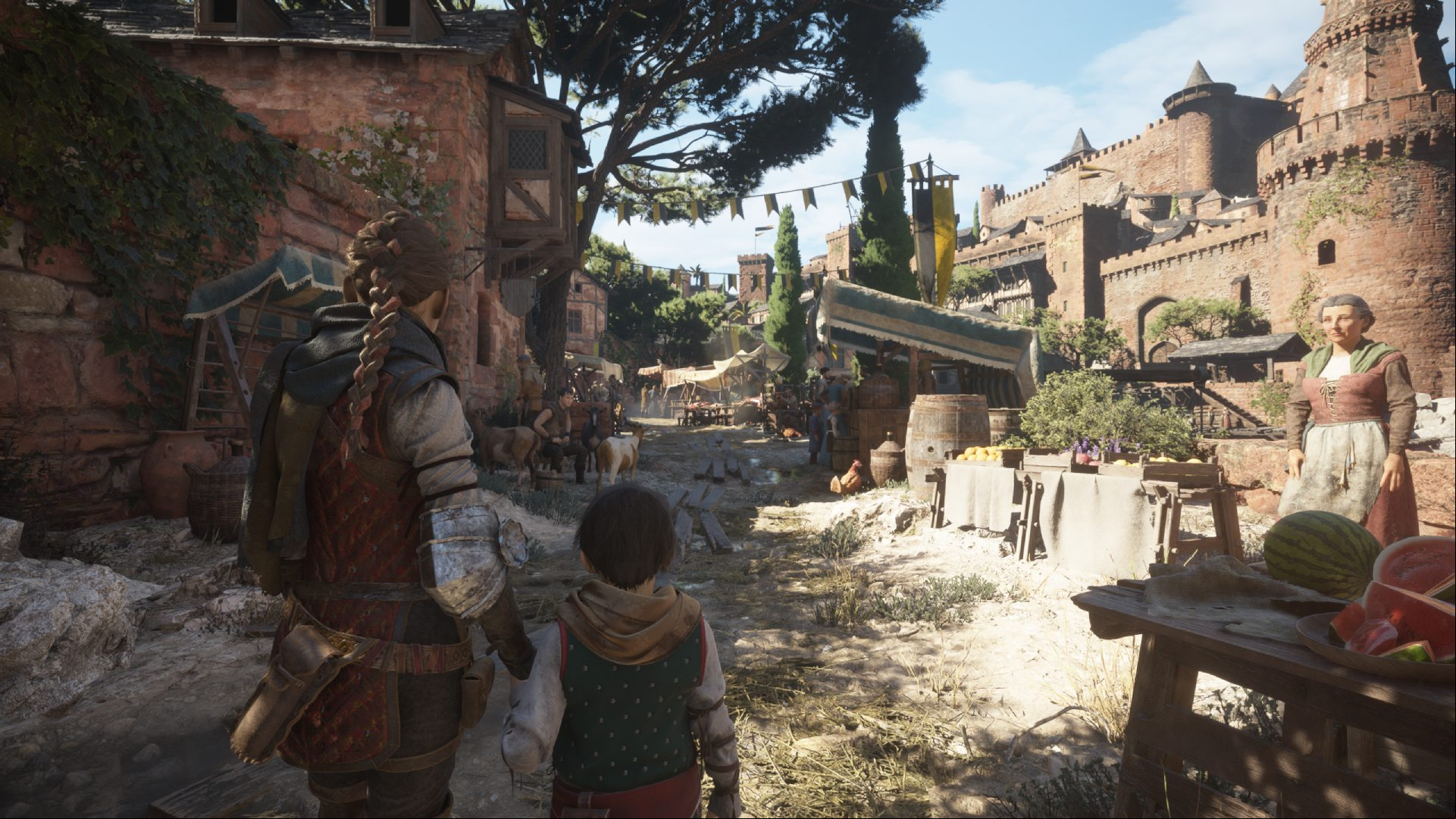Ray tracing is a great way to make the boost fps with the feature switched on, meaning you won't necessarily have to crank settings down to accommodate.
According to best medieval games usually embrace dreary visuals, it makes sense that RT shadows would come first.
That said, the notes also explicitly mention ambient occlusion, but it's nowhere to be found within the game's settings. This suggests it'll roll up as part of another patch, as an earlier 'RTX On' trailer implies more ray tracing settings are coming to a Plague Tale: Requiem. However, it might actually be simply built into the present shadow options, meaning both are enabled in conjunction.
It's worth reiterating that ray tracing comes with performance caveats, and Plague Tale: Requiem frame rates will take a hit with the setting switched on. However, if you're rocking a fresh graphics card like the one featured in our Nvidia RTX 4080 review, tricks like Frame Generation should help offset any losses. DLSS 3 almost doubled our frame rates during benchmarking, so hitting over 60fps with RT shadows enabled is a possibility.
Things may pan out differently if you're using one of team red's GPUs like the AMD FSR.

Hopefully, Asobo Studio will continue to expand A Plague Tale: Requiem settings with further updates, as ray tracing has the potential to revamp the horror game's captivating landscapes, architecture, and environments. Even if you're not into fancy visuals, we'd still suggest giving the series ago for its story alone.

